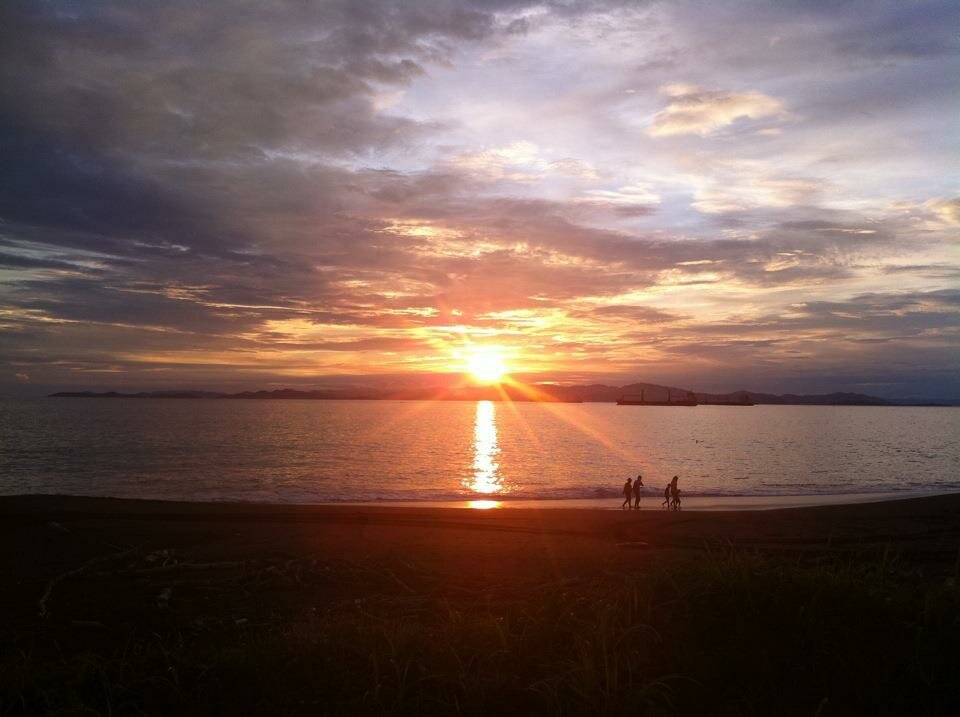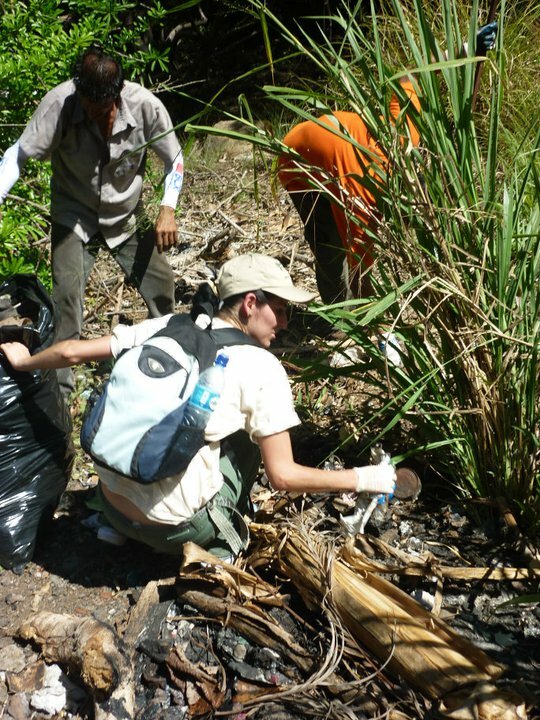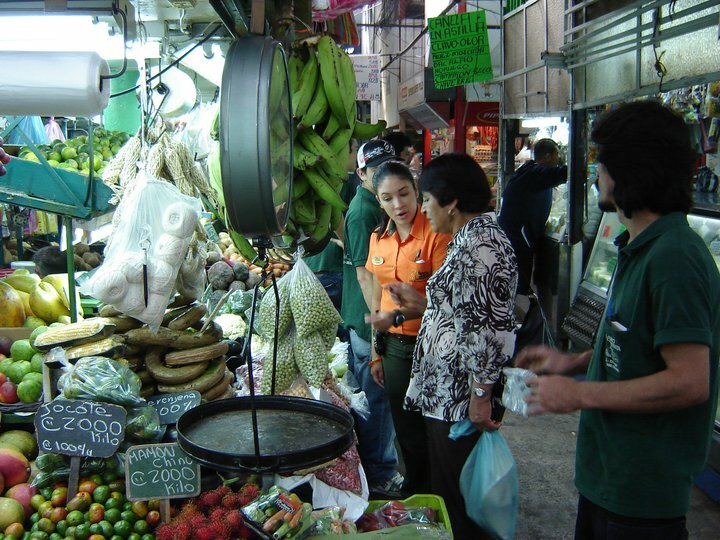Vea esta publicación en español.
Swiss Travel is one of Costa Rica's leading travel and destination management agencies. For over forty years, Swiss Travel has taken on the task of promoting tourism in Cost Rica and, even more importantly, it has worked to make the industry grow responsibly beside nature and local communities. In recognition of its efforts, this Rainforest Alliance Verified and CST certified company is the recipient of this month's "Making a Difference" award.
Swiss Travel marketing manager José Pablo Salas details the efforts Swiss Travel has made to become a sustainable company and how that has benefited them.
Question: How did Swiss Travel begin?
Salas: Swiss Travel Service began in 1972, focusing on inbound tourism for Costa Rica. We were pioneers in a virtually unknown industry, where the word "tourism" was not common. Nationals traveled to certain destinations that were nearby and popular, but it was difficult to find foreign tourists like we do today. Hotel accommodations in the country were very poor and we didn't have the technology or the marketing tools that are available now, but we believed in Costa Rica's potential.
Q: In those years, the concept of sustainable tourism was very new. What motivated Swiss Travel to be a responsible tour operator? 
S: The concept of sustainable tourism was virtually unknown at the time, but it has always been essential for Swiss Travel to develop activities that care for the environment where we invite our customers. These locations are our main asset, and our commitment to conserve it has been a factor that makes us stand out. Ensuring responsible and sustainable tourism is an effort that fills us with pride and satisfaction because this is how we contribute to the country's development and help current and future generations to enjoy the natural beauty of our country.
Q: How would you describe your approach to sustainable tourism?
S: We focus on implementing best business practices based on the three pillars of sustainable tourism: the environment, the economic context, and the sociocultural setting of the organization. These best practices are reflected in every action the company takes, both in its workforce and with all the parties involved in our activities. For our efforts, we obtained the Certificate for Sustainable Tourism (CST), a Costa Rican Tourism Institute (ICT) program, as well as Rainforest Alliance Verification, which have permeated throughout our company.
Q: What are some of your most outstanding sustainability initiatives?
S: We've developed operating manuals, policies, and procedures to ensure respect for the environment. These cover all of the company's activities and involve guides, drivers, plant personnel, and the tourists themselves.
For example, we have reduced paper usage by over 50 percent thanks to policies for saving and efficiently using resources, and our vehicle fleet follows strict maintenance standards to prevent pollution. We have tried to go the extra mile, turning ourselves into one of the few (if not the only) tour operator in the country that has a sewage and gray water treatment plant and submits operational reports to the Ministry of Health, ensuring the proper disposal of our liquid wastes. We also have a fully-equipped collection center at our facilities to ensure strict control of solid waste.
In collaboration with agencies, institutions, and other private businesses, we help promote the conservation of protected areas and assist diverse communities and programs with environmental protection and social development. The initiative we are most proud of is a reforestation program near Palo Verde National Park and the Tenorio Miravalles Biological Corridor in Guanacaste, developed in conjunction with the Allies Against Climate Change Program and the Ministry of Public Education, which has declared the area in the public interest. The program involves local schoolchildren in awareness-raising activities, environmental education, and reforestation with native species.
Q: How do you help communities foster tourism while conserving natural and cultural wealth?
S: Swiss Travel operates throughout the country with different communities that have different needs. Therefore, our strategy is to listen to their needs first and then propose joint projects together. In our experience, the initiatives that arise from this are truly sustainable over time. For example, we have ongoing activities that involve our cruise ship groups and the surrounding communities, where we support fairs that promote their cultural treasures, traditional costumes, art, local food, crafts, and more.
We also make donations to various social and environmental causes and we encourage our customers and intermediary businesses to make donations or collaborate with local communities or NGOs.
Q: Is it difficult for a company as large and diversified as Swiss Travel to maintain its sustainable performance in different areas?
S: It involves a lot of effort and the implementation of management systems for continuing improvement that require us to have ongoing assessments, rigid controls, and readjustment whenever necessary. This requires major documentation, systems for additional information, and constant updates in this area and about the newest options in the markets.
Q: Why is it important for the company to have CST certification and Rainforest Alliance Verification?
S: It's relatively easy to say that a company is "green" or "eco"; the difficult part is proving it. These verifications and certifications provide significant backing for the transparency of the business and the best practices it carries out.
Q: What are the benefits of being a sustainable company and have a "green" image?
S: We receive many benefits, such as higher efficiency in our processes, more orderly documentation, and better economic performance (positive cost-benefit impact) thanks to our optimization of resource use. This has also led to greater engagement and environmental awareness among our collaborators as we establish better relations with the community and create partnerships that, together with a greater understanding of the immediate and national environment, better prepare us to respond to risks and uncertainties of all kinds. In addition, this image allows us to be more competitive because we can offer differentiated products.





